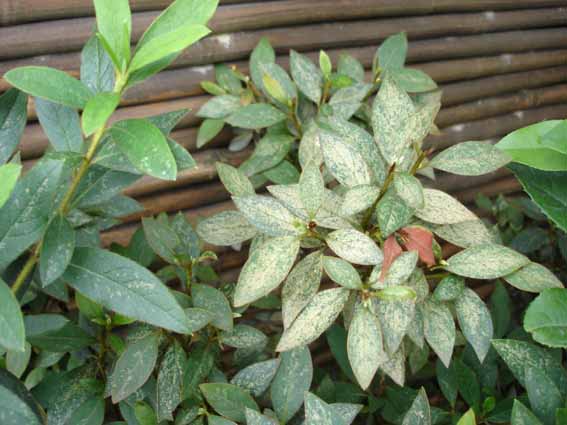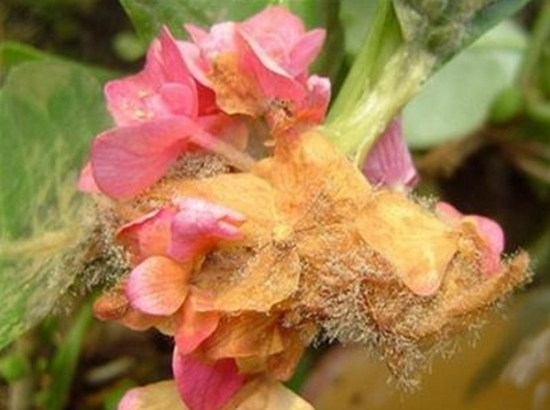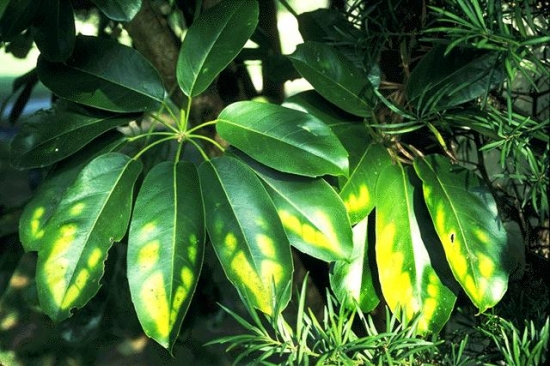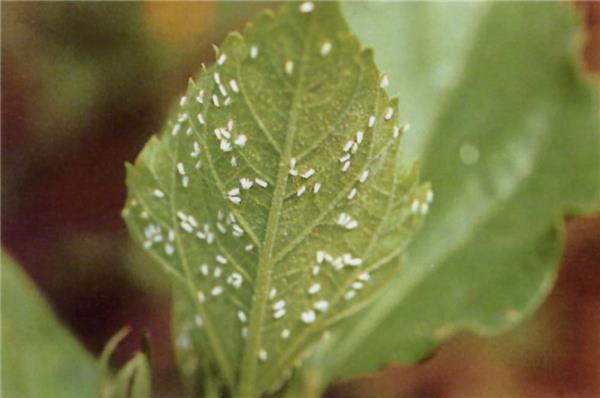How to effectively control insect pests on flowers and plants
The problem of diseases and insect pests of flowers has always been the biggest headache for flower growers, because it is really a disappointment to see that hard-working flowers are destroyed by diseases and insect pests overnight, so learning to control diseases and insect pests has become the first skill for flower growers to master.

Matters needing attention in pest control
1. Choose healthy and disease-free plants: when buying plant bulbs and seedlings in the flower market, you should carefully look at whether there are any symptoms of decay or insect pests, and the leaves can be opened to see if there are any moving creatures. Of course, if the plant itself is strong enough, it has strong resistance and is not susceptible to disease. It is more important to select and cultivate varieties with resistance to diseases and insect pests according to local conditions, especially for some diseases and insect pests which are difficult to control or have no effective control methods.
two。 Reasonable planting: such as tapped begonia should avoid planting with juniper or other cypress trees, otherwise it will cause serious occurrence of flower and tree disease such as sticking crabapple.
3. Separate from the original plants: don't move the newly brought plants into the room immediately. You can spray some insecticides and fungicides on the outside of the window. On the one hand, make sure the plants are healthy, and on the other hand, don't let the diseases and insect pests bring into the original ethnic group or home environment.
4. Rotation: rotation in flower beds, which has a good control effect on perennial diseases such as seedling quenching disease, bacterial wilt, bacterial wilt, bacterial wilt and monophagous pests.

5. Moisture control should be appropriate: when the plant is too wet, it is easy to rot and mildew, and if it is too dry, it will be disturbed by insects such as red spiders. The water supply should be adjusted according to the plant characteristics and the temperature and humidity of the environment, and it is best to wait until the soil surface of the plant is dried below 2-3 cm, and then fully wet the medium until the water flows out.
6. Scientific fertilization: scientific fertilization can adjust the nutritional status of flowers and trees and enhance the ability to resist diseases and insect pests. For example, the use of reasonably prepared culture soil of potted rose can reduce the occurrence of black spot of rose.
7. Immediate treatment of diseased plants: if they are removed and cleaned immediately on the leaves, otherwise, when the disease and insect pests spread, it will harm the whole plant, or even similar hosts nearby; some pests can jump to other plants, so it is necessary to destroy and discard the diseased plants thoroughly, so as not to enlarge the disease.
8. Thorough disinfection: greenhouse disinfection is mostly carried out by fumigation. Take a break: close the doors and windows in the evening and ignite the agent for fumigation, and then open the window the next day for ventilation. Such as every 10 cubic meters with 20% Xukelin aerosol 2-3 grams, once every 7-10 days, 3 times in a row. Disinfect the soil of flowers and plants, choose 70% pentachloronitrobenzene and 80% Dyson zinc wettable powder in the same amount, pour evenly into the ground with 8-10 grams per square meter, or irrigate with 50 ml formalin and 8-12 kg water.

1.
two。 Onion juice; with 20 grams of fresh onions, mashed into onions, add 500 grams of water, soak for 24 hours, filter to remove residue, can be sprayed. Three times a day for 3-4 days, most pests can be killed.
3. Plant ash liquid: take 60 grams of plant ash, soak in 500 grams of water, filter the extract after 48 hours, and then spray flowers and trees to kill insects. Once a day for 3 days.
4. Beer: this is an effective "drug" against snails. The usage is to pour the beer into a small plate and put it on the flower soil. when the snail smells it, it will be attracted to the basin and be killed by medicine.
5. Aged vinegar: cuckoos and camellias like acidic soil. Watering them with clean water will gradually yellowing and withering the leaves of flowers. If you pour about 5 grams of aged vinegar and 100 grams of water around each flower every 15 days or so, you can prevent the leaves from yellowing and withering.
6.

In fact, the first thing to do in the prevention and control of diseases and insect pests is to take good care of flowers in daily nursing, with "prevention" as the main and "treatment" as the supplement, and complement each other in order to avoid the damage of diseases and insect pests to flowers.
Only by giving priority to "prevention" and supplemented by "treatment" can we avoid the damage of diseases and insect pests to flowers.
Related
- Wuhan Hospital Iron Tree Blooming Result Was Instantly Frightened by the Gardener Master
- Which variety of camellia is the most fragrant and best? Which one do you like best?
- What is the small blue coat, the breeding methods and matters needing attention of the succulent plant
- Dormancy time and maintenance management of succulent plants during dormancy
- Minas succulent how to raise, Minas succulent plant pictures
- What are the varieties of winter succulent plants
- How to raise succulent plants in twelve rolls? let's take a look at some experience of breeding twelve rolls.
- Attention should be paid to water control for succulent plants during dormant period (winter and summer)
- Watering experience of twelve rolls of succulent plants
- Techniques for fertilizing succulent plants. An article will let you know how to fertilize succulent plants.



